How designer Max Marshall is reviving old techniques from Japanese burnt wood to coopering
After designing and making a totally enviromentally friendly eco pod, Max has found a niche in almost lost techniques
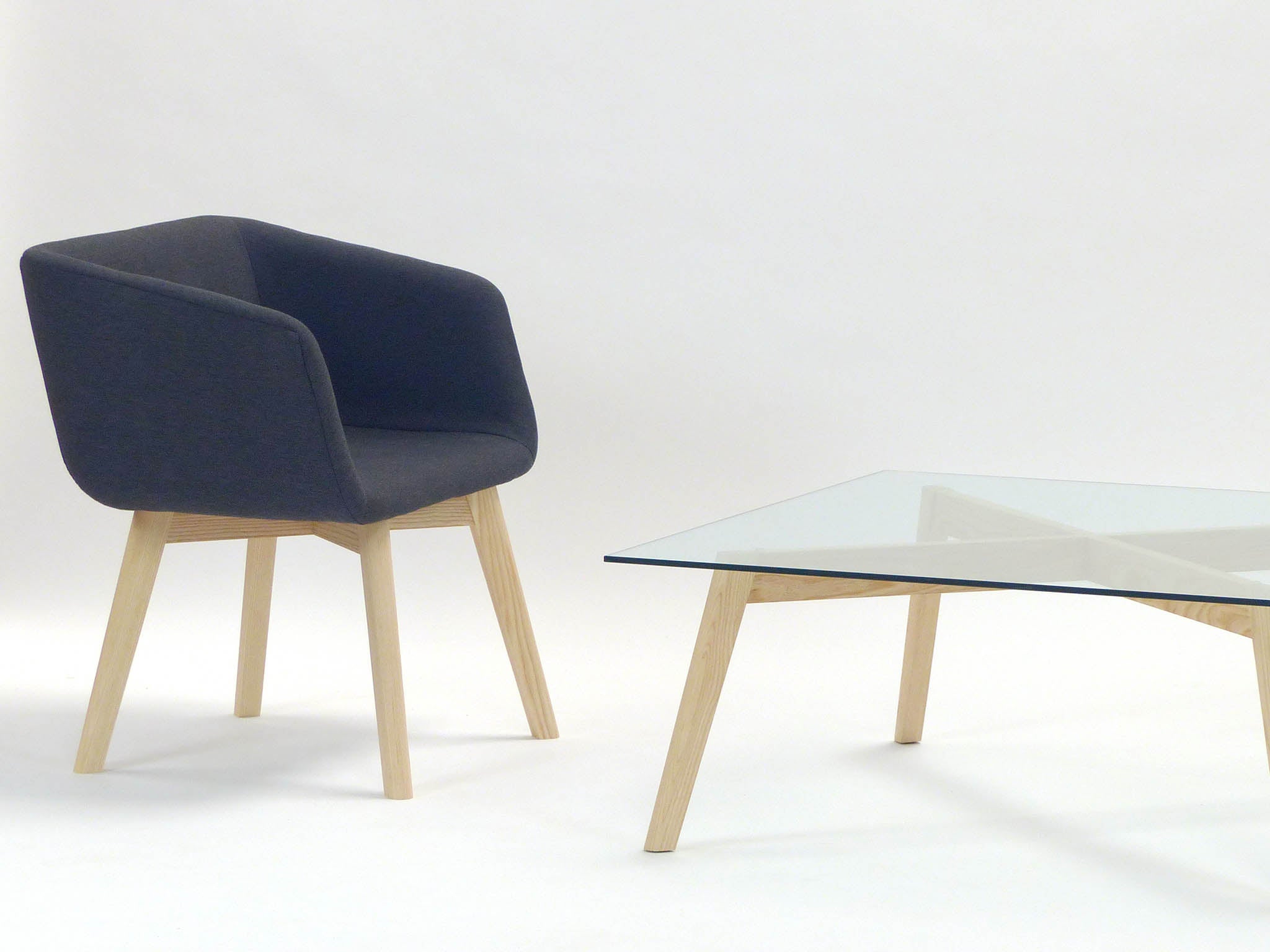
Your support helps us to tell the story
From reproductive rights to climate change to Big Tech, The Independent is on the ground when the story is developing. Whether it's investigating the financials of Elon Musk's pro-Trump PAC or producing our latest documentary, 'The A Word', which shines a light on the American women fighting for reproductive rights, we know how important it is to parse out the facts from the messaging.
At such a critical moment in US history, we need reporters on the ground. Your donation allows us to keep sending journalists to speak to both sides of the story.
The Independent is trusted by Americans across the entire political spectrum. And unlike many other quality news outlets, we choose not to lock Americans out of our reporting and analysis with paywalls. We believe quality journalism should be available to everyone, paid for by those who can afford it.
Your support makes all the difference.What goes around, comes around… Something once cast-off as “old hat” has a nifty trick of becoming new and fashionable again. We also have a habit of making perfectly new things look like old – distressed leather and shabby chic tables appear as if they’ve been lovingly used for a generation or two. Even the constantly innovating world of architecture and design cannot escape the grasps of circular repetition.
Japanese wood burning, known as Yakisugui, is an 18th-century technique used for the cladding of buildings. Translating to “burnt cedar board”, it is being brought back to life by a few designers in Britain, including Max Marshall, a young designer and maker based in North Cornwall.
“When I first saw it, I thought it was just black paint, then I realised it was textured. That’s what I love most about burning the wood. It has lots of depth but is very smooth as the soft grain burns quicker. When the carbon is scraped back, you’re left with a very smooth raised grain,” says Max.
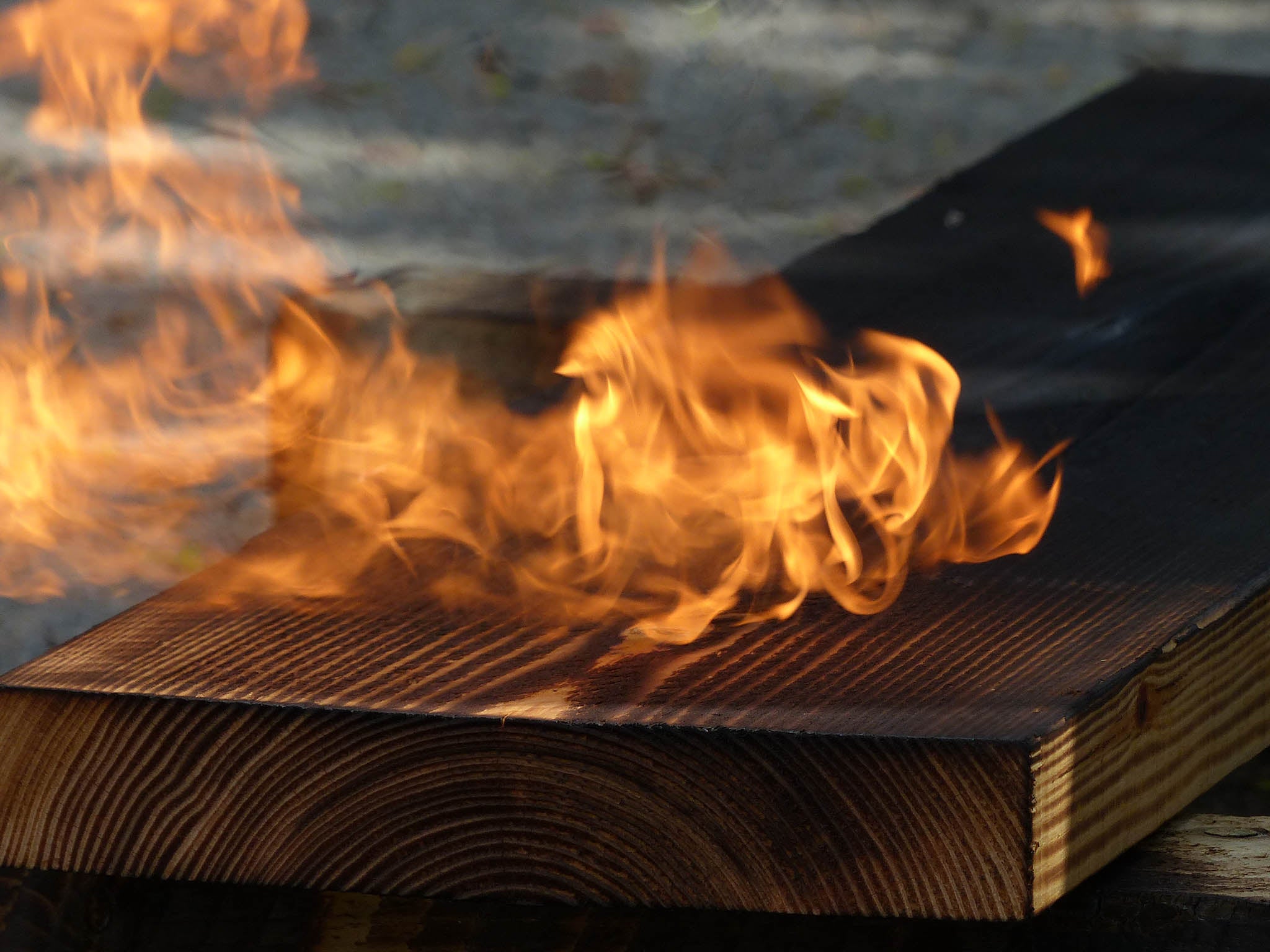
Although, it’s not as simple as just burning a piece of wood. “It can go wrong very quickly; you need to know how the wood will react. The main problem is warping and you need to distribute the burning evenly. The whole practice is about taking anvunpredictable process and making it into something where the design of it comes through,” he adds.
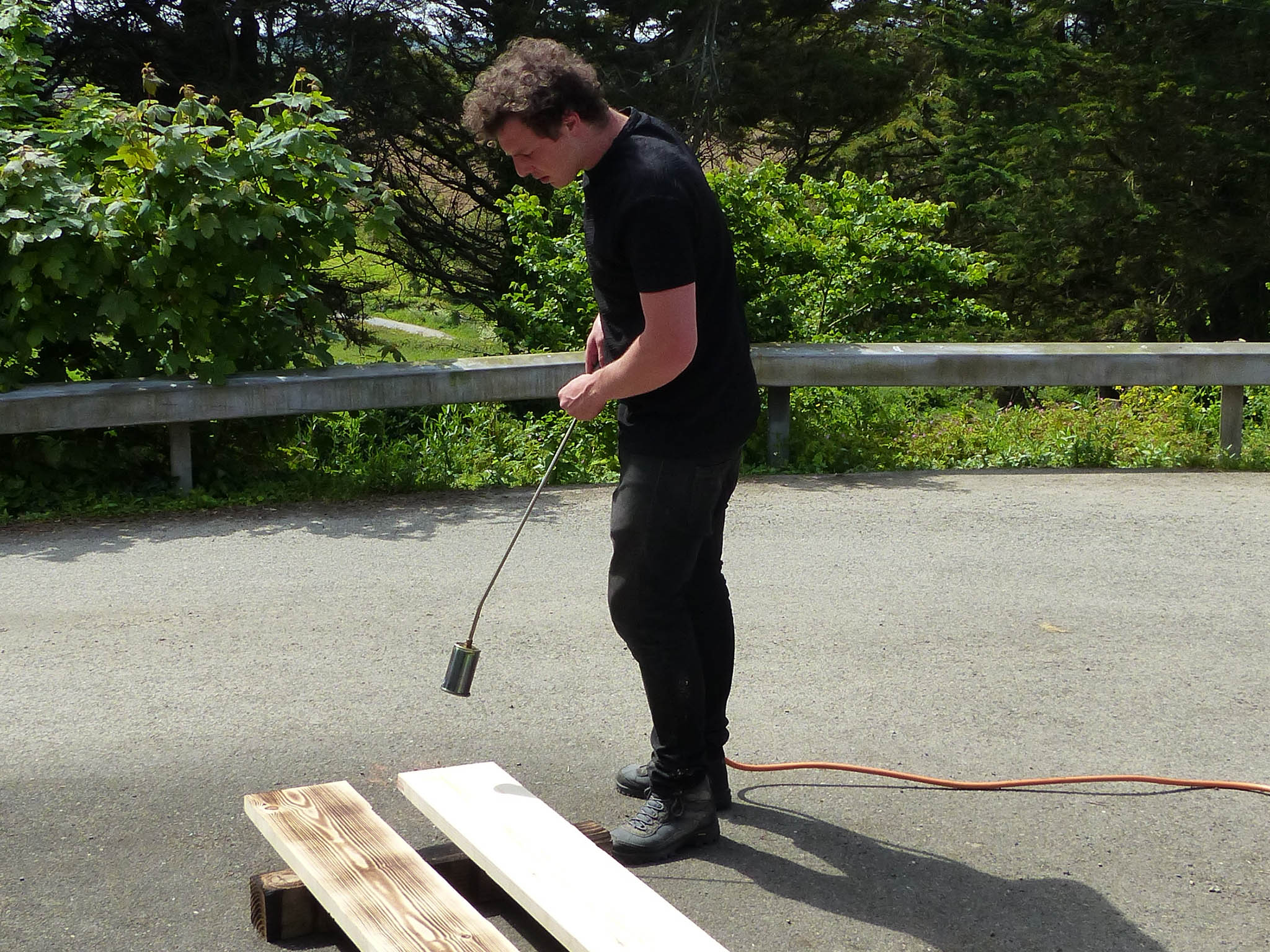
By burning the wood with a blow torch, it becomes (ironically) fire and weather resistant and free from rot and pests, in some cases lasting up to 120 years, thanks to a protective layer that is created by carbon, released during the burning process. Using the method of burning the wood as a treatment is an eco-friendly way to preserve wood as the chemicals usually needed to preserve wood are redundant. It only needs some natural oil rubbed over it to seal it. The technique has been used in various places across the UK, including the Harry Gordon’s bar in London’s prestigious Selfridges store.
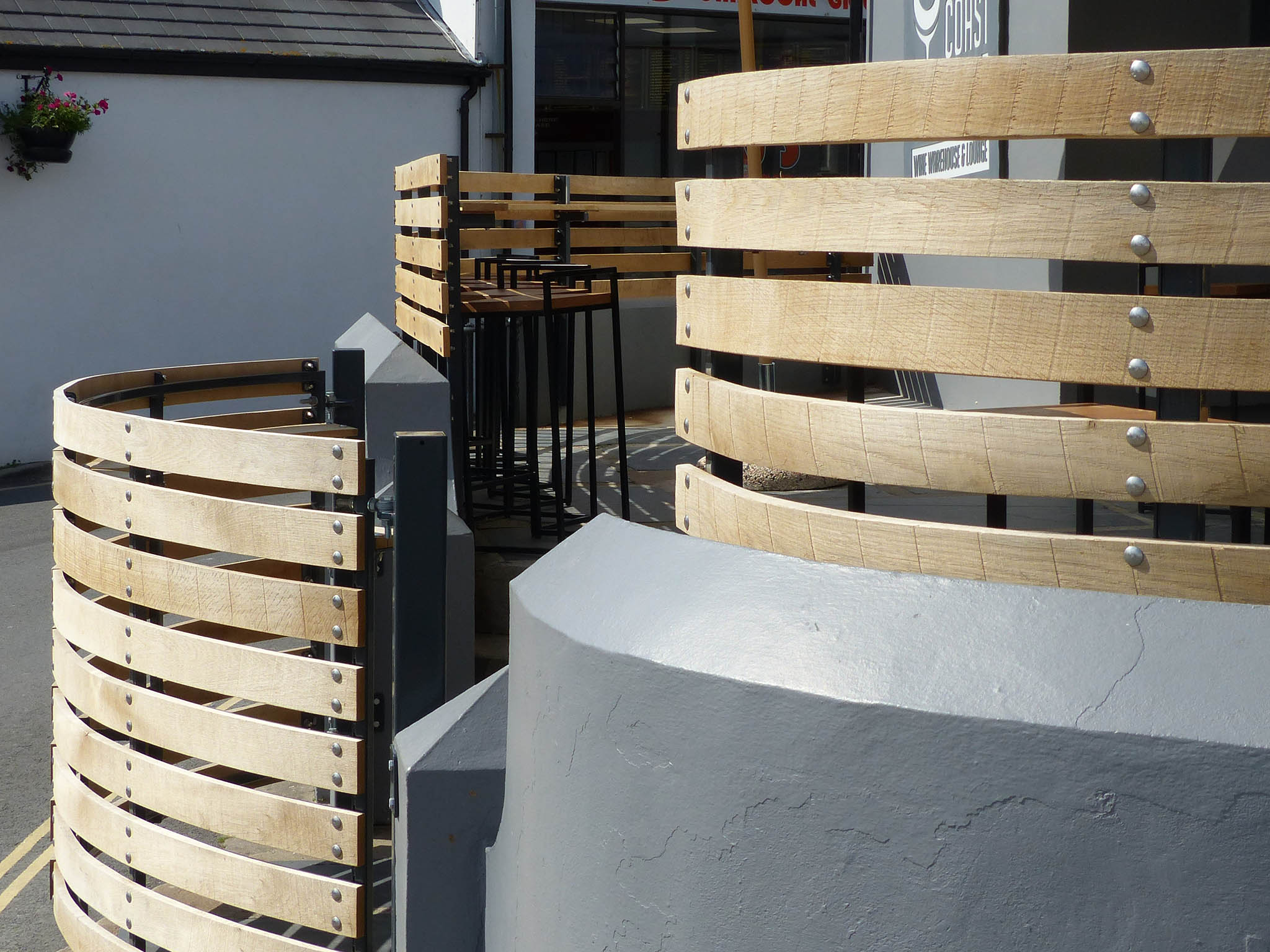
Max works with more than burnt wood. After sharing a workshop with Christian O’Reilly, the pair decided to collaborate on larger projects including shop fronts and kitchens. Together as Mor Studios, the duo has also revived another almost deceased design technique – steam bending. Usually associated with building boats, it is used less today, due to the length of time it takes. Each piece of wood, once steamed for a few hours, needs to be clamped into position inside a jig for seven days. And if the grain of the wood is not straight enough, it will snap, taking you back to the starting block. “I love doing something very unnatural to the wood, but you need to be fussy about the type of wood you use, and green timber is best,” he says. The technique is pretty self-explanatory: steam is used to bend and manipulate the wood into shapes it would not normally be able to withstand, in a steam box that reaches 100 degrees Celsius.
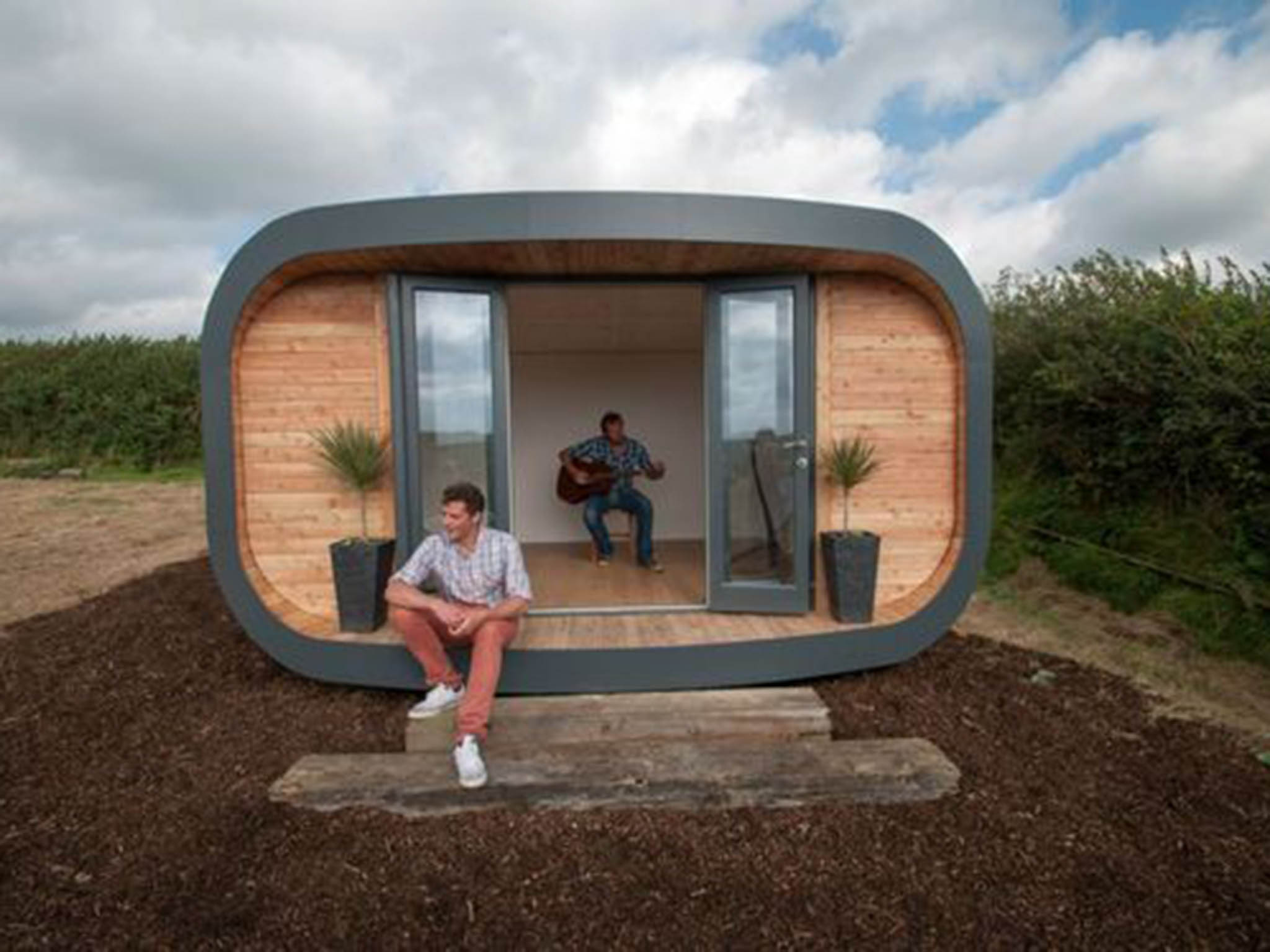
Before any formal training, Max designed and built the Eco Hubb. Made from locally sourced and environmentally sustainable materials, it only needs a person to live in it to heat it. As one of the first of its kind to be fully eco-friendly, the concept was born from the idea of creating something that wouldn’t fall into the trap of needing planning permission. The solar powered modular pod used hemp insulation and created waves in the industry leading to it being featured on BBC One news for its innovative design, which led him to undertake an apprenticeship for three years, and reaching the highest level in woodwork of cabinet maker.
Max and Christian’s workshop is also environmentally friendly. “It’s not hard to be kind to the environment. Nothing in our workshop is wasted. Cut-offs are used to heat our own homes and given to friends and family, woodchips goes to a local animal sanctuary,” explains Max. It’s also run on green electricity and they only use FSC certified wood from sustainable forests.
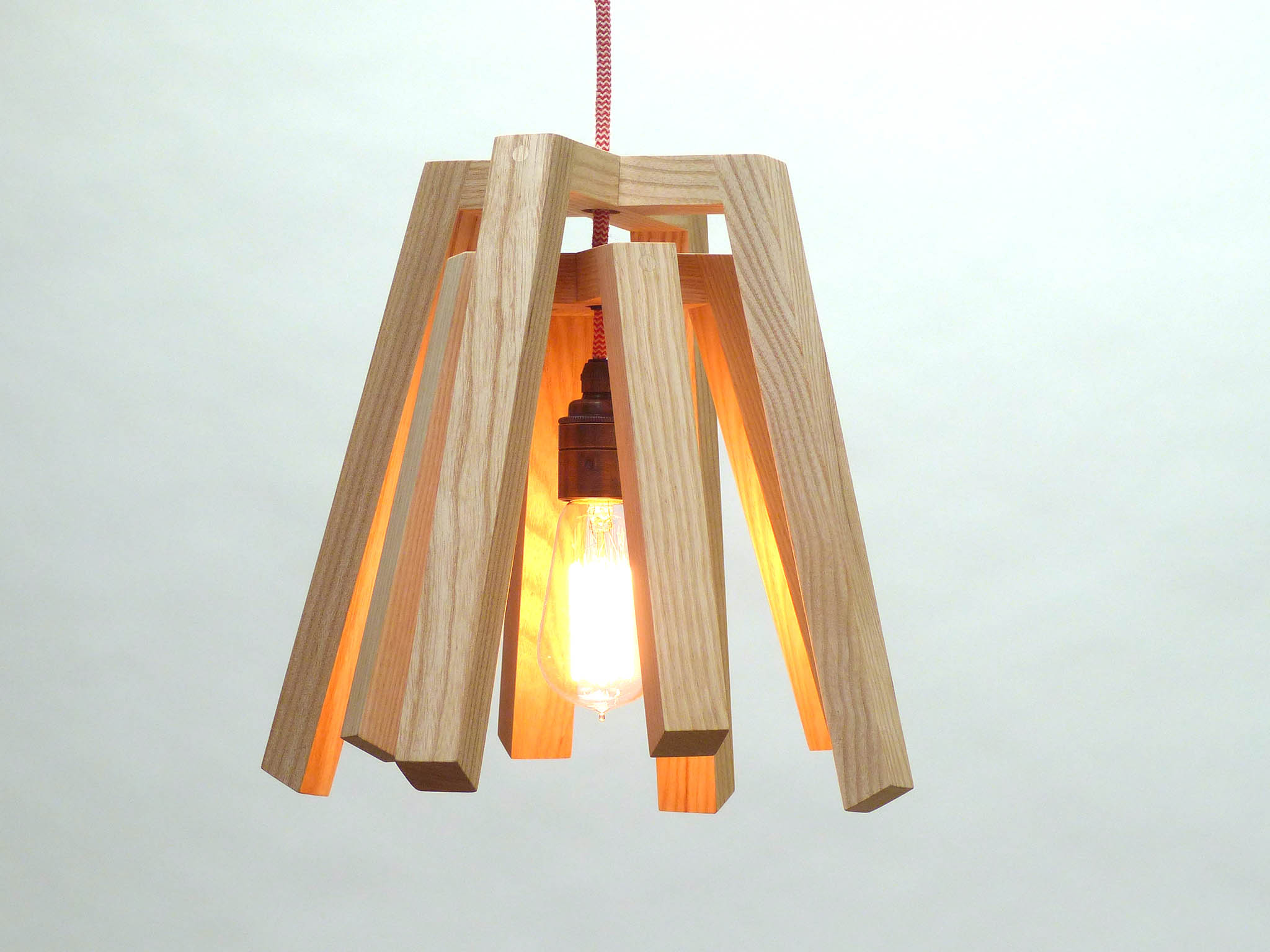
Max has been creating Scandinavian designs after being inspired by its simple look. He believes his work should possess a running theme through the entire collection of designs and products. “My idea is that everything has something in common and if you put it all into one place, you could tell one person had designed it – keeping similar proportions or materials and putting your stamp on it. I want all my pieces to flow and make sense.”
He’s working on incorporating new materials into his work, including copper, and intends to use materials such as corrugated iron – usually used for roofing – to produce a desk. His latest solo project for Max Marshall Design includes a third age-old technique, coopering, which is used for wine barrels. Max is working on a bench and a bar stool using slight curves matched with metal frames. After planning to launch a new range of furniture, including sofas and lamps with elements of wood burning, Max is hoping to exhibit his work at some of next year’s design shows.
Join our commenting forum
Join thought-provoking conversations, follow other Independent readers and see their replies
Comments